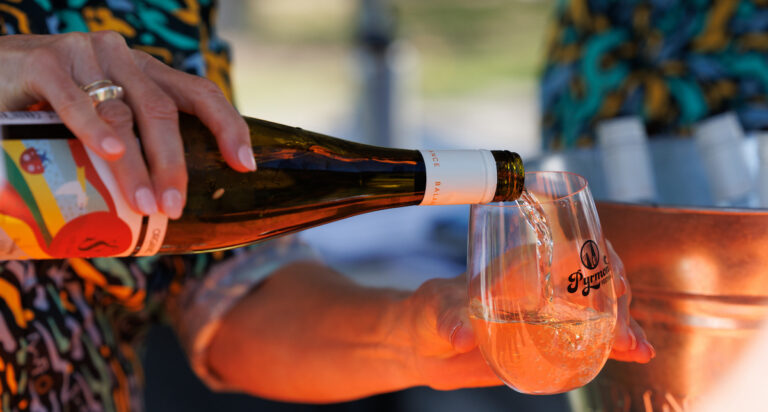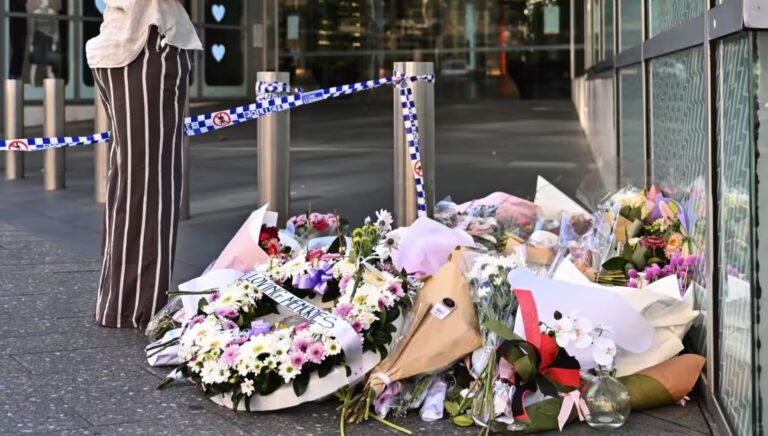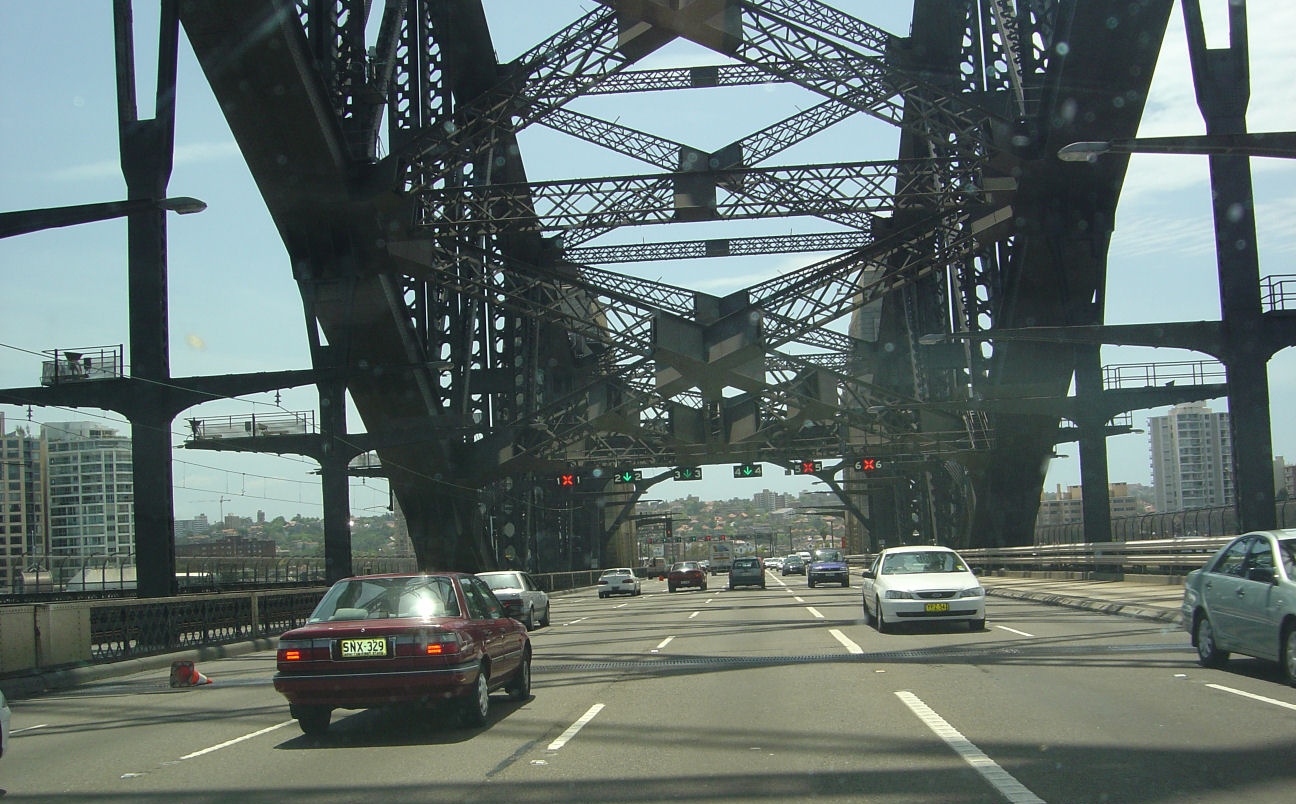
Mary Mortimer: the woman who “can’t say no!”

By Irina Dunn
The Pyrmont that Mary Mortimer moved into some 17 years ago was a very different suburb to what it is today.
Then it was being developed as a dormitory suburb where childless workers would go home to eat and sleep between stints at work in the city.
Now it has become the most densely populated suburb in Australia, with a wide variety of people of different ages, backgrounds, needs and incomes, and especially of families with working parents, who find the proximity of Pyrmont to their place of work in the city very conducive to family life.
Fashionable high-rise living
From its original industrial location as a working-class suburb, through its phase as a high-rise urban renewal suburb, Pyrmont has developed into a place for fashionable high-rise living where well-educated, well-to-do professionals like Mary know how effective community action can be and are prepared to do something about it.
With a background of active feminism in Canberra, Mary understood the dynamics of establishing a healthy, active and creative community and saw what needed to be done to satisfy the needs of people living in a burb that had “no formal community structure,” as she says.
This was especially difficult to establish in a suburb with so many high rises, much of which is upmarket real estate where the occupants are time-poor professionals, although the suburb has some affordable and some public housing.
With characteristic modesty, Mary says, “We’ve worked very hard in Pyrmont to build a community, and what we have now is just about everything”.
Mary and husband Donald Denoon started the voluntary and very active Friends of the Pyrmont Community Centre, which she now convenes. This is a group of some 20 people which liaises with the City of Sydney Council over local matters, and produces a regular newsletter that is distributed to about 6,000 local households, among other things.
The initial five programs in the existing Pyrmont Community Centre have grown to about fifty, most run by local residents. The Centre is now way too small and has only two full-time staff to carry out all the activities that have either been initiated by Mary or have occurred as a result of community members getting inspired and involved.
These activities include a ukulele group, a dance class, a drama group, a gratis monthly community dinner, and an annual photo exhibition with a local calendar featuring the photos.
Mary is not alone in being especially concerned that the area gains more sporting facilities for the predominantly apartment-dwelling residents. She bemoans the fact that, “In Pyrmont there are no full-size sporting facilities for anything,” being acutely aware of the benefits sport offers to young and old.
She is involved in the group that is pushing for the development of the Maybank Courts on Harris Street. “We want council to put into its capital works program the complete redevelopment of that site as a large indoor-outdoor recreation facility,” she says.
“Pyrmont has no library, no town hall, no church hall, and the community centre, which is too small, is the only polling booth at election time in the entire suburb. There is no other public space in Pyrmont,” she notes.
Mary manages “Pyrmont Sings”, a choir with about 50 members and a paid conductor and accompanist, which performs at local events.
She convenes the Landcare group, a group of about 20 people who restore native vegetation to derelict sites in the local area.
For the past five years, Mary has been convening “Christmas in Pyrmont”, the major event in the inner west at Christmastime. “We attract 7,000-8,000 people to the event, we raise over $100,000 on the day and donate most of that to charity.”
No provision for public transport
Mary and her husband Donald, a well-known historian, contribute to the Pyrmont History Group, with Donald convening the monthly meeting and Mary managing the website.
Like many in her suburb, Mary is worried about the industrial development of the Bays precinct and Glebe Island. “There are many people who are concerned about the increase in traffic and residential development this entails,” she says. “Pyrmont’s traffic is often at a standstill and is only going to get worse after the new fish markets are built, and there’s no provision for increased public transport,” she says.
Mary is hoping for a balance of power in favour of the Greens at the upcoming State election. “We might actually get something good done if this happens,” she says.
For relaxation, Mary enjoys her Landcare work because it gets her “out in the air” and she loves singing, although she says she isn’t that good.
“There are lots of groups in Pyrmont that I don’t organise,” she tells me, but I wonder about that.









